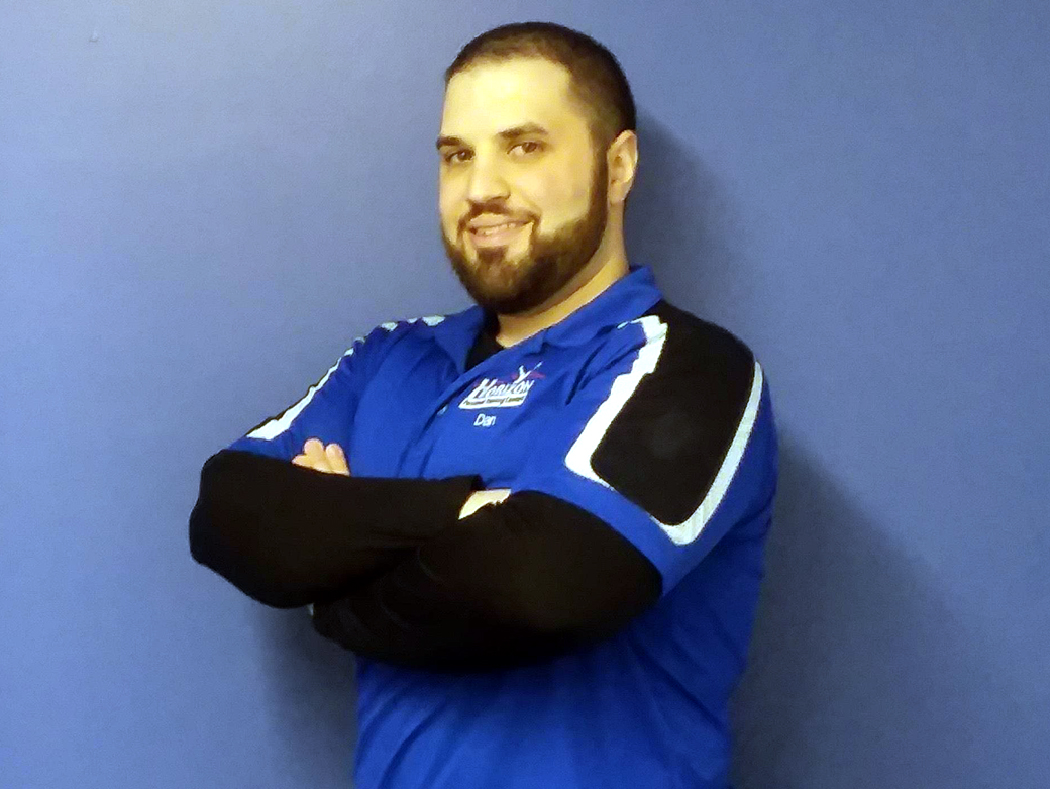Planes of Motion: Exercising for Success!
By Daniel F.
When creating a workout, it is imperative to ensure that you are designing a workout that encompasses all of the needs of a specific client. There are a few things to consider when choosing appropriate exercises. Most people will likely focus on the muscles, but what may be even more important is how those muscles work together.
I have seen many people who create programs making certain that individual muscles are worked and that there is balance between opposing muscle groups. While this is great and is undoubtedly important, if those muscles aren’t worked in appropriate movement patterns, then there is still a risk of injury. Often, people will justify using compound movements as a way of ensuring that whole muscle groups –not just singular muscles– are worked. While compound movements do work multiple muscles together, they don’t strengthen movement patterns.
What is a Movement Pattern?
The best way to explain a movement pattern is that it is a dynamic motion that matches the body’s capable movements. To even further understand a movement pattern, it is also important to understand the body’s planes of motion.
The body has three anatomical planes; movements will match these anatomical planes. The three planes are:
- frontal,
- sagittal, and
- transverse
The frontal plane is perpendicular to the ground and separates the body into front and back. The sagittal plane is perpendicular to the ground and will separate the body from left and right. Finally, the transverse plane is parallel to the ground and will separate the body into top and bottom.
Most programs– especially strength and conditioning programs for athletes– focus heavily on exercises that occur in the sagittal plane. Sagittal plane exercises include front to back movements such as squats deadlifts, forward lunges, bench presses, running, etc. All of the exercises listed are compound exercises that work multiple muscles, but they stay in one plane.
Frontal plane exercises include lateral dumbbell raises, side lunges, side shuffles, or any movement that makes the body move from side-to-side.
Transverse exercises focus on rotational movements–any kind of twist occurs in the transverse plane. There are both upper body and lower body rotational movements that need to be focused on. These transverse plane movements are generally the most overlooked exercises. This is important to be aware of because the majority of programs are heavy on sagittal plane movements, but most injuries actually occur in the transverse plane.
It is also crucial to understand that muscles work together via the nervous system, meaning that muscles that are wired together (via the nervous system) will fire together. Due to this fact, when training, it is essential for you to choose movements that will get connected muscles to fire together. Focusing on isolated muscle groups instead of movement patterns can greatly increase the strength deficit between connected muscles, thereby increasing the risk of injury.
An example of this is the common groin or oblique pull suffered by many rotational athletes, like baseball players. The external obliques and groin fire together during hip rotation (like when one is swinging a bat), and where there is a strength deficit, there is a high risk of injury. Unfortunately, when rehab is performed, there is, generally, a lot of isolation and focus put on the injured muscle, instead of focusing on the entire movement pattern to strengthen all muscles involved.
When creating a workout routine, it is imperative to make sure you take into account everything that will make the routine successful for the client. What exercises you choose are not necessarily as important as what those exercises will do for the client. The goal is always to improve performance and get lasting results that will keep the client safe!
Dan’s journey into fitness began as an overweight youth. Being extremely overweight he took steps to change his life starting with proper nutrition and a little bit of exercise. He attended Clemson University receiving a BS in Management. He spent most of his free time in the rec. center getting hooked on exercise. Upon graduating he moved back to CT and decided to learn everything he could about the fitness industry and how to properly train the human body. He attended The National Personal Training Institute receiving a diploma in personal training and nutrition consultation. After NPTI he participated in a 4 month mentorship to learn the intricacies of training athletes. This is where he found his passion! He has spent the last 4 years training athletes, of all ages. He has extensive experience training athletes from middle-school all the way to the pros, in all sports! He is a certified strength and conditioning specialist, CSCS, through the National Strength and Conditioning Association. He is also has an Advanced Certified Personal Trainer (A-CPT) certification, and is currently working on his Tactical Strength and Conditioning Facilitator certification.






